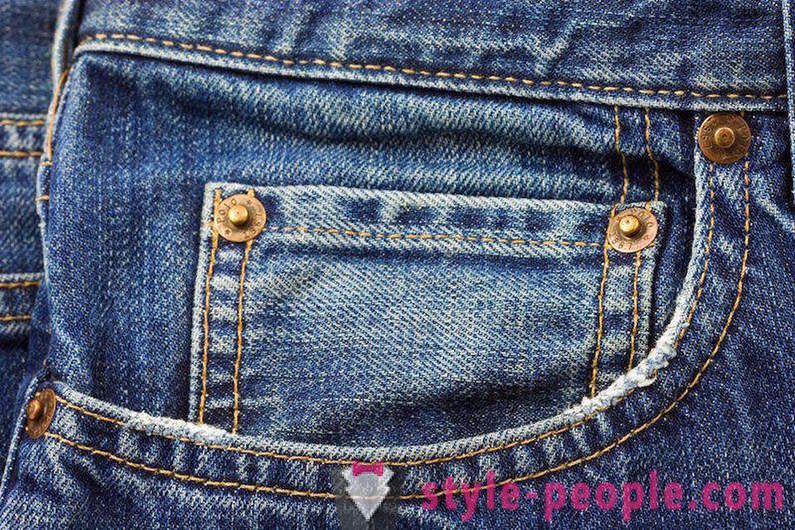TOP 5 of the Soviet deficit
We have compiled a TOP5 scarce goods, from the point of view of a resident of Soviet cities. Of course, that the deficit in the USSR topic completely neohvatnaya and in different cities, especially the capitals were different, but there was a certain unspoken wishlist that all native. These products are a true hard currency. Needless to say that the struggle for the possession of "deficit" was declared "materialism" uncooperative with the title of Soviet Man.

Stew
Stew to the mid-70s became a deficit, ie. E. Coveted commodity that had to "get through connections."
Stew turns into a lunch of pasta and potatoes, buckwheat and empty soup.
Stew hoarded all year, and they took to the country in the summer. Stew in the Soviet Union - one of the essential attributes of hiking, where it gladly eaten straight from the jar by the fire.
In Soviet time stew was produced in 300 gram cans, coated with a thick layer of oily suspensions and the top piece of kraft paper veiled. It is intended primarily to supply the army and replenish strategic reserves in case of nuclear war, for the supply of geologists, shift workers, and so on. N. And so in the open market it has never been. Stew "fetched". The exception was the imported Chinese stew "Great Wall" very bad quality.
Corned beef in the Soviet Union for decades were reserved for a rainy day, especially the generation that had experienced the hardships of WWII.
And, yes, she was really made from fresh meat and is very tasty.
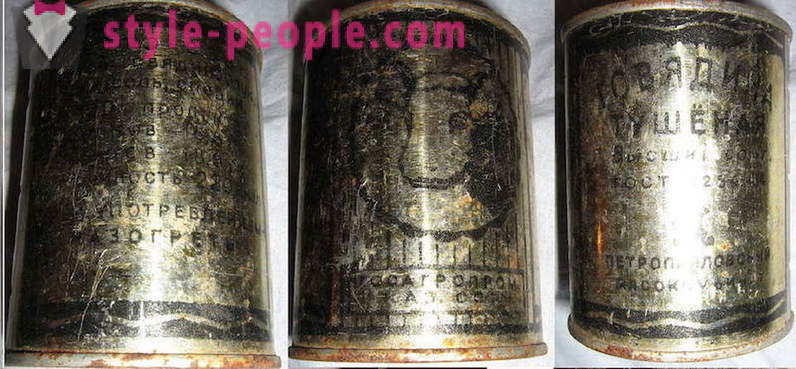
Popular Literature
The fact that the Soviet Union was the most reading country in the world - the truth. Perhaps, and probably from the lack of other entertainment, but that generation this situation has gone on a benefit.
However, booksellers were scored communist rubbish. But science fiction, detective stories and historical novels sold out instantly, and often sold under the counter, or on the black market for unbelievable money. In decent houses a wealth of roots bookshelf served as an indispensable measure of prestige of the family.
To soften the book deficit, introduced a variety of programs, for example, "Books in exchange for 20 kg of waste paper donated" to subscribe to the collected works, and so on. N.
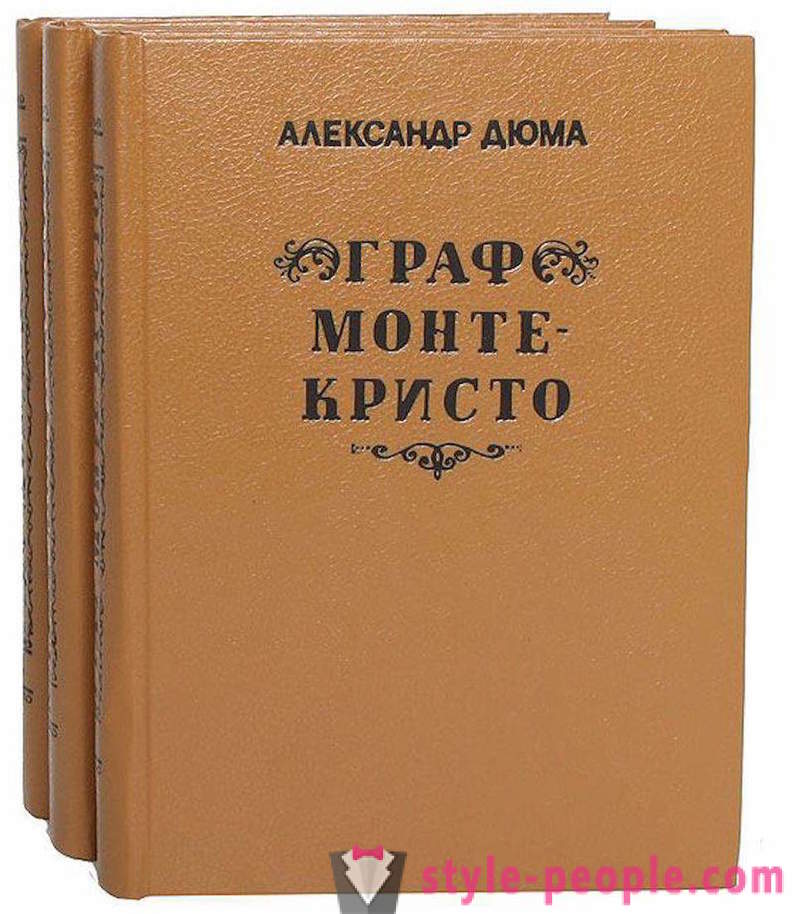
Chewing gum
Chewing gum was up 80 product completely inaccessible marker "firmachi" slope symbol. She fell to the secret paths - from foreign tourists, travelers, sailors, etc...
A decision on their own, "chewing gum" has been producing made by the Soviet leadership after the tragic events of 10 March 1976. On this day at the ice arena Sokolnikov, the third match of the series of the junior team of the USSR against the Canadian peer group, united under the name Barrie Coop (Coop Berry). Sponsor of the Canadian team was the company Wrigley. Throughout the games, Canadian guests were treated to our own, Soviet children Wrigley plates. The rumor that the visiting guests are treated to a generous unknown gum, quickly shattered. In the sports palace "Sokolniki" for the match were a lot of students, boys and girls from 11 to 16 years. After the third match someone from the Canadian team to the podium he threw a handful of chewing gum, immediately formed a dump of the children wanted to get the cherished -each cud. "Sokolniki" Administration saw that the guests take up photo and video cameras, and ordered to turn off the lights. In the dark, people falling on each other, stumbling, formed a crowd. According to official figures 21 people were killed, more than half of them - children.
By 1983, the issue of gum mastered almost all the major cities, a chewing gum was produced in sugar factories, bakeries, pasta factories and other enterprises.
But it is necessary to say that the quality and not lay close beside the cherished Wrigley ...
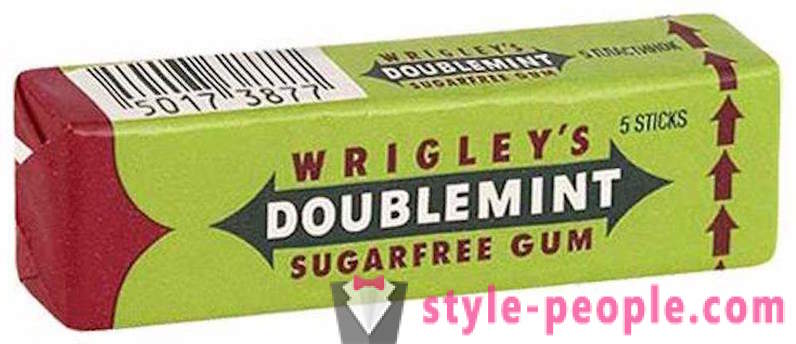
to
Caviar red and black
It is said that after the war caviar sold in the shops of the Soviet openly, and it is practically nobody bought. Many do not understand what the salty stuff.
But the seventies everything has changed. Caviar has become the hard currency, the main decoration of the festive table, prestige attribute. In people it flowed in rivulets from spetsraspredeliteli sold in hard-currency shops "Birch" for checks (later we will talk about what it is) ...
Cruelest banter, understandable only to contemporaries, was a scene from the comedy "Ivan Vasilyevich Changes Occupation", where the main characters thrown into each other a huge plate with red and black caviar, as well as footage from the film "White Sun of the Desert", when the picture the protagonist eats black caviar with a spoon from a huge bowl and utters the famous phrase: "How do I tired of the caviar, I would have bread."
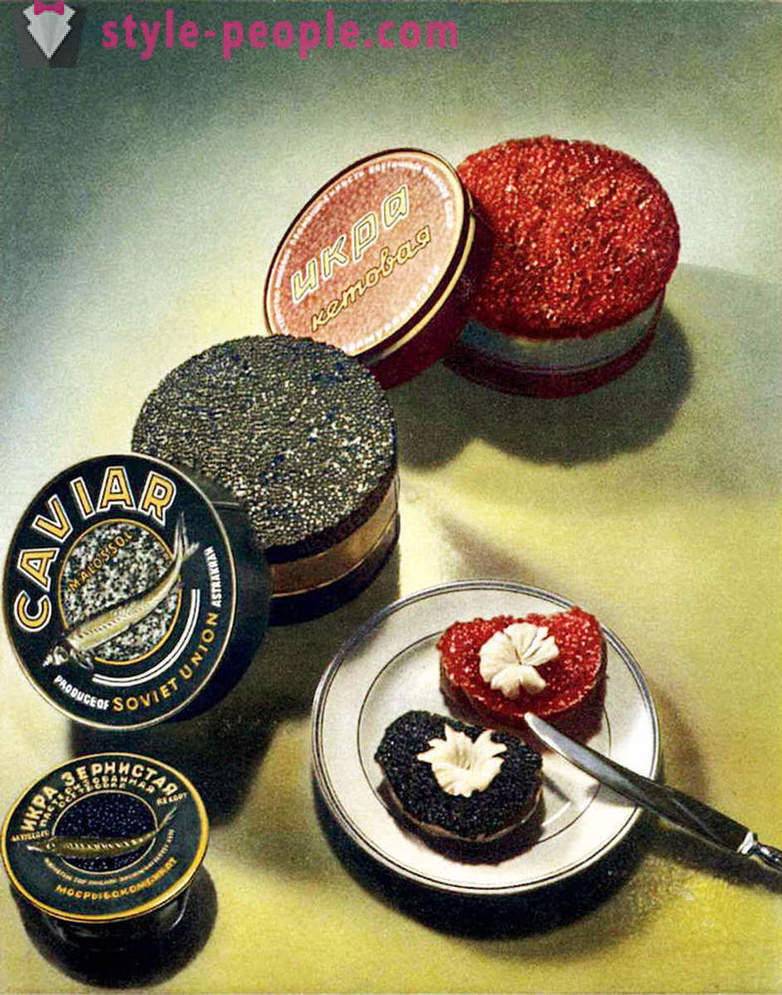
"Branded" Jeans
"The last hope of the girl to marry", the item of clothing that turns any "outfit" in a universally acceptable everywhere - at a party, at work, in the theater and restaurant thing decisively separates modern man from "redneck" from the "scoops".
Levi's, or, for example, Wrangler - it was very cool! And some Indian Miltonz - well, it is acceptable to come down. "Non friction" jeans, t. E. Having a stable color, Bulgaria, for example, the production is not traded at all. Jeans can cost between 100 and 300 rubles. When that was stipediya - 40, young professionals after university earned 100-120 and 250-300 - it is already highly skilled workers and managers.
About the industry "samopal" we will tell you another time - it's jeans, stitched "on the Little Arnaut" tsehoviki of imported from abroad tissue, "vytiraemost" which in the eyes set was not possible, but because the buyer was obliged to rub the new jeans obslyunyavlenoy match - whether there will be on it blue paint, so as not to run into a "matchlock", ie a fake...
